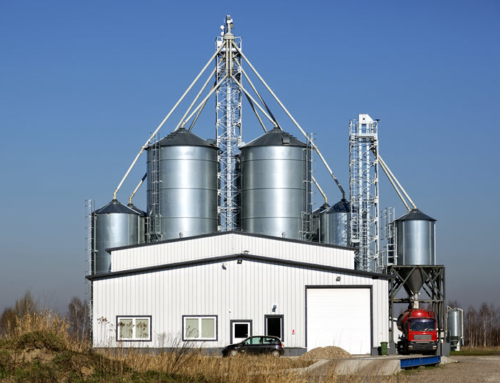5 Things to Consider When Choosing a PLC
Every machine and industrial process that must operate in tandem with other components require precise controls that dictate how they operate. Operations such as motors starting and stopping; the speed at which fans rotate; when and how far valves open and close; where current gets directed; and more. Once engineers map these processes, they turn to industrial programmable logic controllers (PLCs) to carry out the tasks. They receive instructions either from operators or other monitoring devices and deliver instructions to connected equipment.
While your PLC manufacturer can help you select the controller that will work best in your process, it pays to understand the variables that make specific programmable logic controllers best for particular operations. There are five key factors to consider:
1. Power Supply – Start by deciding if your PLC will be powered by 120-volt or 240-volt alternating current. Most industrial PLCs will accept either, but you will want to be sure. Some PLCs can operate within a range of AC voltages and even on 24-volt direct current. The PLC’s power supply will step down this AC current and convert it to 24-volt (and in a few cases 5-volt) DC. Most power supplies come embedded in the processor, where others are housed in a separate module, outside the PLC casing or hardwired to the processor.
2. Speed – Like personal computers, industrial PLCs possess varying processing speed based on their operating memories, microchip capacities, and other factors. How fast your PLC needs to operate will be determined by the number, precision, and power required by downstream machinery. Here are a couple things to consider when deciding on the needed PLC speed:
- How many inputs and outputs the PLC must control
- How many time-critical events are part of the process
- How fast the component or process operates
- How precise the component response must be when triggered
- The cycle time required to collect and process inputs and issue output instructions
- The type, format, and complexity of the program and instructions powering it
3. Input/Output Capacity – Industrial processes require PLCs that can manage all the data input and instruction output sources the operation includes. Input sources include production line sensors, conveyor switches, safety monitors, etc. Output connectors link PLCs to motors, starters, servos, diodes, lights, brakes, and more. Often both input and output data arrive as digital and analog packages, so plant managers will want PLCs that can accept and deliver along either path.
4. Communication – Many times, the appropriate instructions an industrial PLC needs to send are based on inputs received from an operator. The way the operator transmits those instructions must be compatible with the PLC, whether he sends them via LED, toggle switches, pushbuttons, touchscreens, or another interface. There are three common methods for relaying input information in use today:
- Ethernet Industrial Protocol – Programmable logic controllers with built-in Ethernet ports are becoming ubiquitous for their ease of use, firm controls, and plentiful outlets. They relieve the need for block-based and cable terminals.
- CompoBus 94 – Compobus is a convenient communications protocol thanks to its adaptability with two common industrial application challenges. It can control applications over up to 500 meters of cable (albeit with a significant sacrifice of speed) or maintain 750 kbps over much shorter distances.
- DeviceNet 50 – Designed for fast installation owing to an included power module with the communication lines, DeviceNet is often used on simple arrays and uses the common industrial protocol and controller area network often used to reduce the copper wiring required in automobiles.
5. System Footprint – The speed and distance to be covered may be largely determined by how widespread the control network is. If all the input generators and output targets are confined in a relatively small space, there may be more PLC options available. If, however, the signals must traverse large spaces, it may need to contain remote as well as local I/O functionality. Designing processes from scratch may allow plants to avoid this complication, but established facilities with components already in place may be forced to use PLCs that can manage them where they sit.
As a leading PLC distributor and solutions provider, Springfield Electric carries an extensive line of PLCs, modules, components and accessories for automating decisions, directing assembly-line robots, exercising quality control, and much more. Contact us for advice on selecting, installing, and operating any of our PLC or to order yours today.







